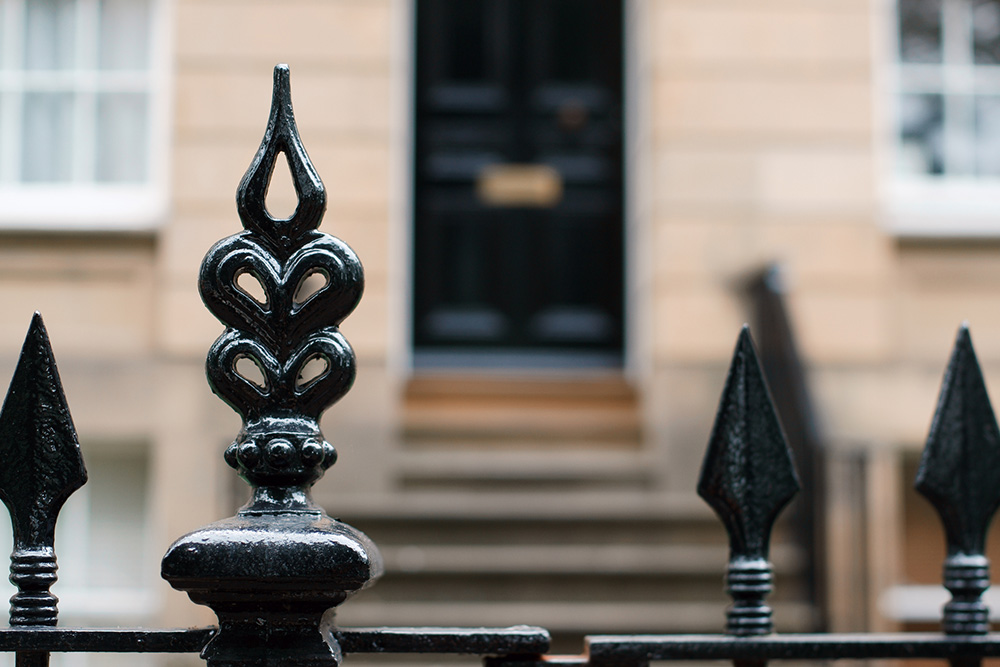Three allowances to check this January
This content is for information purposes only and should not be taken as financial advice. Every effort has been made to ensure the information is correct and up-to-date at the time of writing. For personalised and regulated advice regarding your situation, please consult an independent financial adviser here at Castlegate in Grantham, Lincolnshire or other local offices.
Are you interested in keeping more of your hard-earned money? One of the best ways to achieve this is to maximise your tax allowances. Each financial year (April-April), each person can access a range of tax-free schemes which can result in you saving £100s or even £1,000s. Although April seems far away, it can catch you up quickly and leave little time to arrange your affairs to get the best deal.
This January, our team at Castlegate (financial planners in Lincolnshire) offers thoughts on three areas of tax allowance which could help you improve your wealth and finances before the April deadline. We hope you find this content helpful. If you want to discuss your own financial plan with us, please get in touch to arrange a no-obligation financial consultation, at our expense:
01476 855 585
info@casfin.co.uk
#1 ISA allowance
Your individual savings account (ISA) is a powerful tool for reducing needless tax on your savings and investments. In 2021-22, you can put up to £20,000 into your ISA(s) and any capital gains, interests and dividends generated within will be tax-free. Over time, many have the potential to build up a sizable tax-free ISA portfolio.
Maximising your full allowance every tax year, for instance, could allow you to build a £200,000 ISA portfolio which is largely tax-free (barring caveats like inheritance tax). However, once the tax year passes any unused ISA allowance is lost. It cannot be carried over into future years. As such, it is wise to make sure to get the most from your £20,000 allowance well before the 5th April. Many people leave this to the last minute and it can be hard to organise your contributions effectively with only weeks, or days, to go.
#2 Annual allowance
If you are looking to save on tax in the short-medium term and grow your retirement wealth in the longer term, few tools are as powerful as your pension. In 2021-22, Basic Rate taxpayers get a 20% “top-up” on their contributions whilst those on the Higher rate get 40%. This means that it “costs” the former just 80p to put £1 into their pensions, whilst for the latter it costs 60p.
This can be a particularly useful way to save tax for those on the Higher Rate. For instance, suppose you earn £60,000 a year. This puts £12,570 into your tax-free Personal Allowance, £37,430 into the Basic Rate bracket (20%) and the remaining £10,000 into the Higher Rate (40%). Assuming you can afford to do so, putting the £10,000 straight in your pension could save you £4,000 in tax (£10,000 x 0.40) and place this straight into your retirement fund rather than the government’s hands.
Your “annual allowance” is the maximum you can put into your pension(s) each tax year. In 2021-22, this threshold stands at £40,000 or up to 100% of your earnings – whichever is lower. Similar to your ISA allowance, the end of the tax year marks the renewal of your allowance. However, there is a bit more flexibility in that you can access any unused pension allowance from the previous three tax years.
Be mindful that you still lose any unused annual allowance from the fourth previous tax year. This could represent a large contribution opportunity for certain people who have a lump sum ready to invest in their pensions. Be careful to check your annual allowance well in advance of this April!
#3 Capital gains allowance
Capital gains tax (CGT) often applies when you sell an asset – such as shares – for a profit. Above, we mentioned how this can be mitigated by holding assets within an ISA. However, everyone is also entitled to sell up to £12,300 in capital gains each tax year without CGT.
With some careful planning, making full use of this allowance can help significantly reduce certain tax bills. Again, remember that once April 6th arrives, any unused CGT allowance is lost. So, consider organising your affairs now to make full use of it – especially since it can take time for many assets to be sold (e.g. a second property). Looking at your portfolio in January or February can help reduce the risk of running over the deadline and needing to pay more tax.
Another tax allowance to consider alongside this is your dividend allowance which stands at £2,000 each year. Business owners, for instance, may want to plan their dividend payouts in light of the April deadline to reduce the amount of lost unused allowance. For equity investors, you might want to consider when – and how much – funds and individual stocks are likely to pay out dividends (in light of this allowance) when building up a portfolio with your financial planner.
Conclusion & invitation
If you are interested in discussing your own financial plan or investment strategy with us, please get in touch to arrange a no-commitment financial consultation at our expense:
01476 855 585
info@casfin.co.uk












